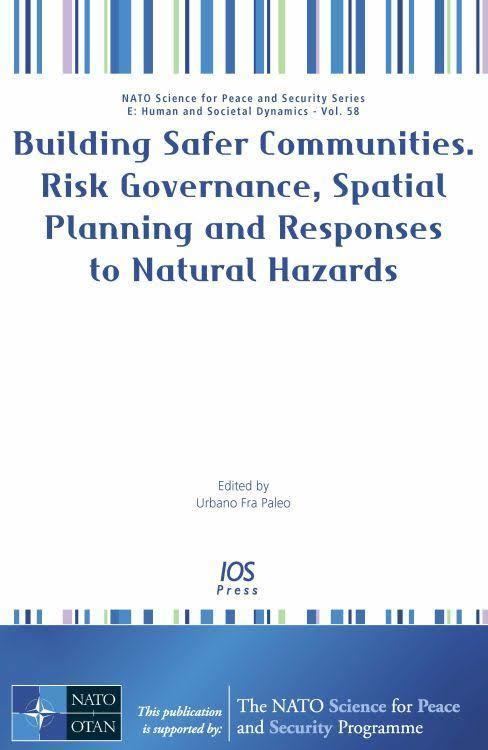Language English Pages 278 pages LC Class 2009932645 Publisher IOS Press OCLC 441170952 | Publication date 2009 ISBN 978-1-60750-046-9 Originally published 2009 Genre Essay Country Netherlands | |
 | ||
Series Human and Societal Dynamics Subjects Natural hazard, Risk management | ||
Building Safer Communities. Risk Governance, Spatial Planning and Responses to Natural Hazards is a 2009 book edited by Urbano Fra Paleo, published by IOS Press.
This textbook examines the central principles of enhanced risk governance, whose implementation might help to mitigate the increasing losses caused by natural hazards. It promotes the adoption of proactive, preventive approaches in public policies, particularly through land use planning, by influencing on the occupation of hazard-prone areas. It serves both as a comprehensive introduction to the formulation and implementation at the strategic level of policies that address risk, and as an advancement in the integration of current practices, including emergency management, environmental management, community development and spatial planning. The authors study and construe solutions that review integrated strategies of the various levels of government considering:
Urbano Fra Paleo is a geographer, and an Associate Professor of Human Geography at the University of Santiago de Compostela, Spain.
